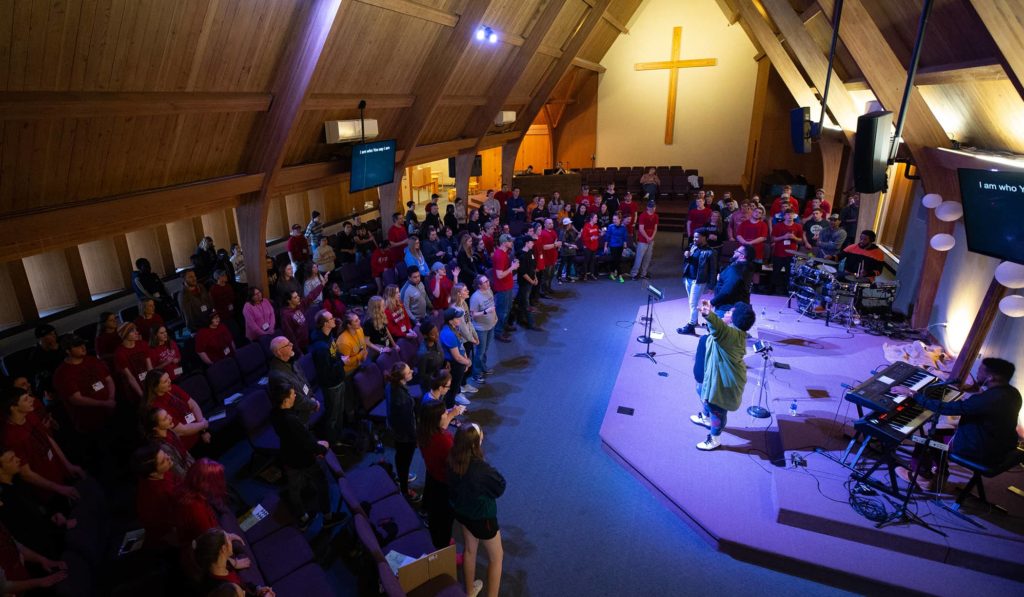View from the balcony
From the inception of congregational vitality ministry within the Evangelical Covenant Church, we have introduced pastors and congregations to the fact that leadership is both an active and reflective task.
On the one hand, we recognize that effective leaders must respond in the moment to what is happening. On the other hand, leaders must be able to step back from their current moment and assess what is happening from a wider perspective as well. Ron Heifetz and Marty Linsky are two voices who have been primary advocates over the years for this two-dimensional understanding of leadership. The metaphor they utilize to differentiate these two functions of leadership is the dance floor and the balcony.

Relative to this, recently the Northwest Conference staff read through Gil Rendle’s book, “Quietly Courageous: Leading the Church in a Changing World.” In one section of his book, Rendle also highlights Heifetz and Linsky’s leadership metaphor of the dance floor and the balcony as important to leading congregations effectively.
He explains: “The dance floor is where the action happens. It is the active place where any group must engage in order to move their work ahead. However, the dance floor (including the committee room) is the least thoughtful space for leaders and workers because it is driven by immediacy that prompts a dependence on what people already know. It is reactive space. In contrast, balcony space is where the leader takes people to withdraw from the dance floor of activity in order to become more reflective.”
It is a leadership discipline to periodically step away from the action—off the dance floor and onto the balcony—in order to establish adequate time and distance from the action to seek greater perspective on one’s current situation. It is intentionally creating space to foster more honest reflection and learning for the group.
According to Rendle, one of the primary tools leaders have to utilize balcony space effectively is open-ended questions. And in his work with congregations over the years, Rendle has developed a series of “cascading” questions of inquiry which invite people into balcony conversations of listening and learning about their own work. Cascading implies only that the questions are arranged in a sequence.
The work of leaders would be to use this list to determine which is the critical conversation of inquiry the people most need to address at any given moment in order to move ahead. What part of their story do they need to revisit to remind themselves to be bold and faithful? What part of their story do they need to question, examine, challenge or rewrite in order to gain more clarity about their purpose? What part of their work do they need to examine in order to learn more?
Following are Rendle’s suggested questions:
Descriptive Work:
1) Who are we, now? (The identity question)
2) Who is our neighbor, now? (The context question)
Discernment Work:
3) What does God call us to do, now? (The purpose question)
The Work of Boldness and Courage:
4) In order to address God’s call, what difference do we believe God has for us to make in the next 3-5 years? (The outcome question)
5) What would it look like in 3-5 years if we are faithful and fruitful with our call? (The possibility question)
Implementation Work:
6) How will we do it? (The strategy question)
7) How will we measure our progress toward fulfilling our call? (The metrics question)
Learning Work:
8) What have we learned from our experience? (The learning/evaluation question)
9) What re-shaping or changing do we need to work on because of what we have learned? (The ready-aim-fire question)
When considering all that we have been through since March 2020, couldn’t we all benefit from some additional balcony space and process as we discern moving forward in our sense of mission? If so, maybe Rendle’s guiding questions can provide you with a helpful framework for your process.
After all, leadership is both active and reflective.